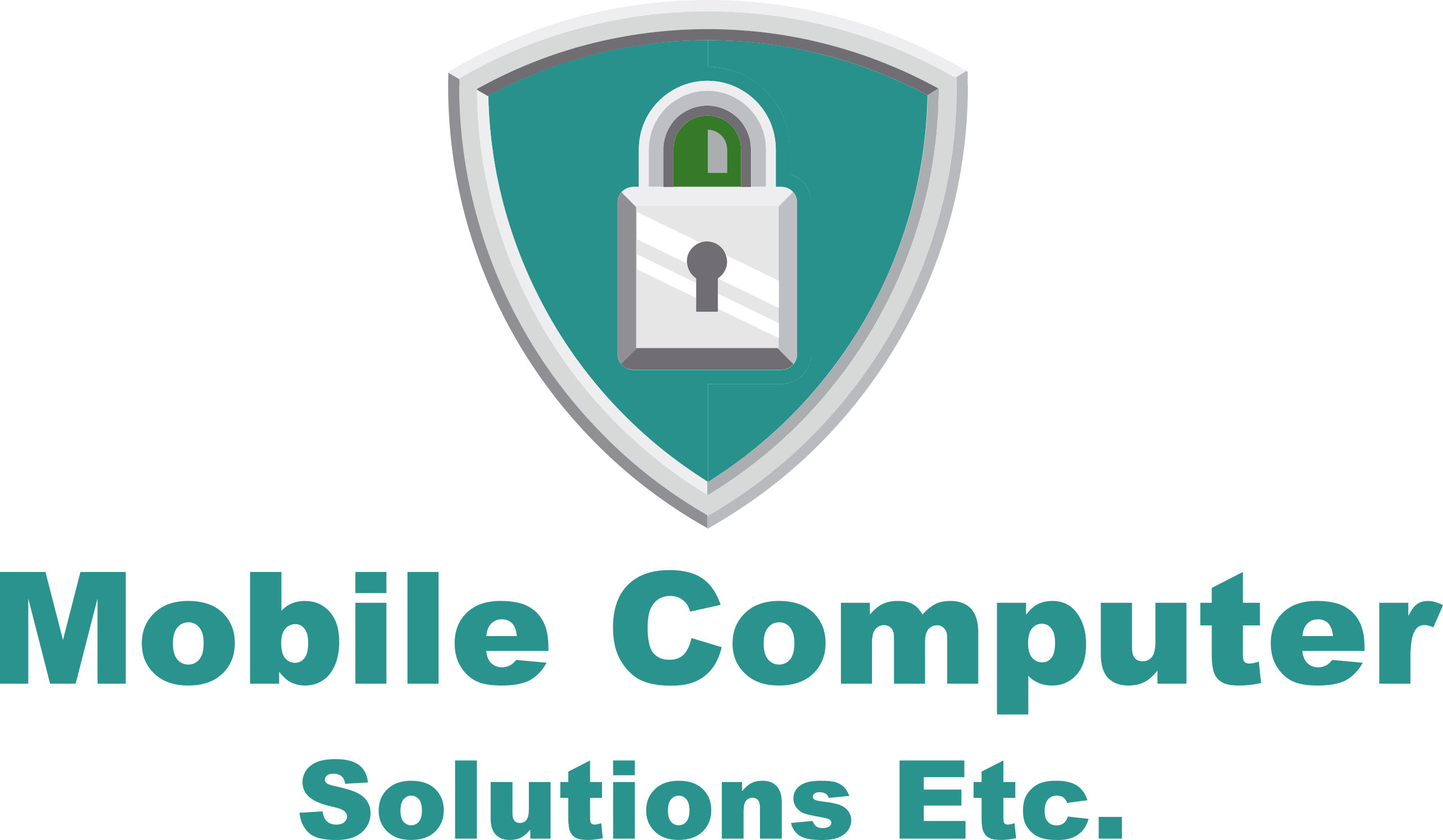In an era where cyber threats evolve faster than ever before, relying solely on sophisticated technologies like firewalls and antivirus programs is no longer sufficient. Leadership in Cyber Awareness is vital. While these measures are critical, the human factor often determines the success or failure of a company’s cybersecurity strategy. One careless click or an unsecured password can open the door to devastating cyberattacks, leaving businesses vulnerable to breaches that can compromise financial stability, reputation, and customer trust.
As business leaders, we hold the reins in fostering a culture of cyber awareness. This responsibility extends beyond technical safeguards—it involves setting the tone for a security-first mindset that permeates every layer of the organization. In this comprehensive guide, we will explore the vital role leadership plays in cybersecurity, why employee training is essential, and how to establish a resilient organizational culture to combat cyber risks.
Why Cybersecurity Leadership Matters
Leadership is the cornerstone of any effective cybersecurity strategy. Without visible, proactive involvement from top management, employees may not fully grasp the importance of adhering to security protocols. Leaders who prioritize cybersecurity demonstrate their commitment to protecting the organization’s assets and inspire employees to follow suit.
A cyber-aware leader not only invests in technology but also recognizes that the organization’s greatest vulnerability—and strength—is its people. Empowering employees through education and tools enables them to act as the first line of defense against potential threats.
The Foundation: Prioritizing Cyber Awareness Training
Employees are often the target of phishing scams, malware attacks, and social engineering tactics. Proper training equips them with the skills to recognize and respond to such threats effectively. Let’s dive deeper into the benefits of cyber awareness training and how it can transform your workforce.
1. Identifying Phishing Attacks
Phishing remains one of the most common and effective tactics employed by cybercriminals. Employees who are trained to identify suspicious emails—such as those with unfamiliar sender addresses, grammatical errors, or unexpected attachments—are less likely to fall victim. Regular simulations can also enhance their ability to spot and report phishing attempts.
2. Practicing Strong Password Hygiene
Weak passwords are a gateway for cybercriminals. Training employees to create robust, unique passwords and use tools like password managers ensures stronger defenses. Moreover, understanding the importance of multifactor authentication (MFA) adds an additional layer of security.
3. Recognizing Social Engineering Tactics
Cybercriminals often exploit human psychology to manipulate employees into divulging sensitive information. Training sessions focused on identifying and responding to social engineering tactics can help employees remain vigilant and cautious.
4. Handling Sensitive Data
Secure data management is non-negotiable in today’s digital landscape. Employees must be well-versed in encryption practices, proper data storage methods, and the handling of sensitive information to prevent unauthorized access.
5. Reporting Suspicious Activities An informed workforce is more likely to recognize unusual system behavior or unauthorized access attempts. Employees should feel confident in reporting potential threats without fear of reprisal, fostering a proactive approach to cybersecurity.
Leadership Strategies to Enhance Cybersecurity
Leaders have the unique ability to shape the organization’s cybersecurity culture. By implementing the following strategies, you can empower your team and strengthen your company’s defenses:
1. Lead by Example
Employees are more likely to prioritize cybersecurity when they see their leaders doing the same. This means adhering to best practices, participating in training sessions, and being transparent about security challenges and successes.
2. Foster Open Communication
Encourage employees to voice concerns, ask questions, and provide feedback regarding cybersecurity measures. Regularly communicate updates on threats and protocols in clear, accessible language to ensure everyone stays informed.
3. Invest in Continuous Training
Cyber threats are constantly evolving, and so should your training programs. Make cybersecurity education an ongoing process, incorporating real-world scenarios, interactive sessions, and regular updates on emerging threats.
4. Provide Access to Security Tools
Equip your team with essential tools such as password managers, endpoint protection software, and secure communication platforms. Easy access to these resources enhances compliance and reduces vulnerabilities.
5. Cultivate a Shared Responsibility Culture Emphasize that cybersecurity is not the sole responsibility of the IT department. When every employee understands their role in safeguarding the organization, the entire team becomes a unified front against cyber threats.
Creating a Security-First Organizational Culture
Building a culture that prioritizes cybersecurity requires more than policies and procedures—it demands a mindset shift across the organization. Here’s how you can achieve this:
1. Establish Clear Policies
Develop comprehensive policies that outline acceptable use of company resources, data protection practices, and incident reporting procedures. Ensure these policies are accessible and regularly updated to reflect new threats.
2. Reward Positive Behavior
Recognize employees who demonstrate exemplary cyber hygiene or contribute to improving organizational security. Incentives such as awards, shout-outs, or professional development opportunities reinforce good practices.
3. Simulate Real-World Scenarios
Conduct regular simulations of phishing attacks, ransomware incidents, or data breaches. These exercises not only test your team’s preparedness but also identify areas for improvement in training and protocols.
4. Collaborate with Trusted Experts
Partnering with cybersecurity professionals can provide valuable insights and resources tailored to your organization’s unique needs. External audits, penetration testing, and expert-led workshops can bolster your defenses.
5. Evaluate and Adapt
Regularly assess the effectiveness of your cybersecurity initiatives. Use metrics such as the number of reported phishing attempts, participation in training sessions, and response times during simulations to gauge progress and identify gaps.
Taking the First Step Toward Cyber Resilience
Cybersecurity is not a one-time effort; it is a continuous journey that requires commitment, collaboration, and adaptability. As business leaders, we have the responsibility to set the standard and provide the resources our teams need to succeed. By fostering a culture of awareness and accountability, we can transform our employees into a formidable line of defense against cyber threats.
Ready to strengthen your organization’s cybersecurity posture? Partner with trusted MCSE IT professionals to develop tailored training programs, implement cutting-edge tools, and establish a robust defense strategy. Together, we can safeguard your business from the ever-evolving cyber landscape.
Let’s take the first step today—because your organization’s future depends on it. Contact MCSE (Mobile Computer Solutions Etc.) or call 603-362-5775 today to schedule a consultation with our cybersecurity experts. We serve Atkinson, New Hampshire and surrounding areas.


